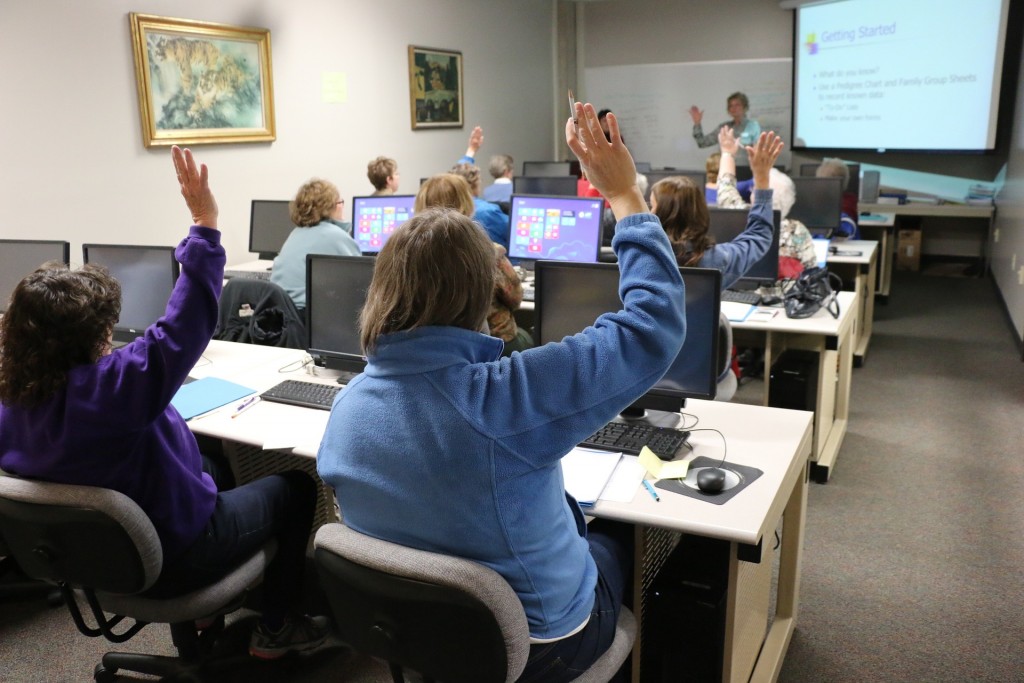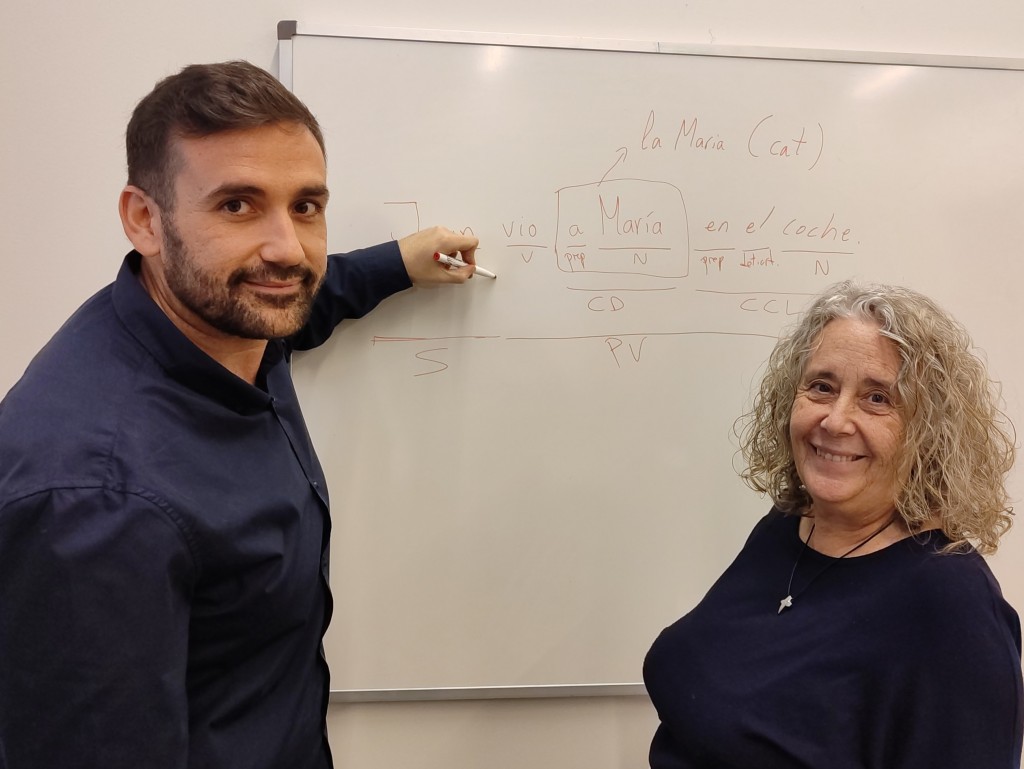20/12/2023
A methodology has been discovered that improves the learning of syntax in bilingual educational environments
Proposed by a URV research group, the system will enable schools to apply a protocol to focus on language teaching from a cross-disciplinary point of view

Proposed by a URV research group, the system will enable schools to apply a protocol to focus on language teaching from a cross-disciplinary point of view
The traditional methodology for teaching language syntax is becoming increasingly ineffective. This is the conclusion of several scientific studies, which have also proven that in bilingual environments such as Catalonia, where language is taught twice over, academic results are no better than in other regions. For years, new approaches have been sought to reverse this situation and now a research team from the Universitat Rovira i Virgili (URV) has developed a methodology that, when implemented comprehensively, has demonstrated a significant improvement in the academic results of studying syntax.
“In most cases, Catalan and Spanish are taught separately; there is no relation between the two subjects, and no coordination or communication between the people responsible for teaching,” says Antoni Brosa, a researcher from the Mathematical Linguistics research group at the URV’s Department of Romance Studies, who led the study. “We should not be afraid, for example, to make comparisons of sentences in different languages and reflect on them,” he adds.
On this basis, the research has proposed a series of changes to the teaching of syntax in school, designed to address the shortcomings of the more traditional methodology. “These changes appeal to our common sense, but are often not applied. And if they are, they are only applied partially,” says Brosa.
The good practice protocol that was drawn up, with the assistance of the researcher from the same research group, María José Rodríguez Campillo, recommends that the syntactic terminology and teaching methods in all the languages taught at school should be standardised so that the students have a more coherent and cohesive learning experience. “For example, teachers could agree that the word phrase will be used in both languages instead of other similar ones such as group. Or they could decide that sentences should always be parsed with the same system,” says Campillo.

They also suggest that the grammar of both languages should be taught simultaneously, in order to encourage constant comparisons between the linguistic structures of each language and reinforce understanding through interlinguistic connections.
The protocol also recommends a shift towards competency-based activities, which go beyond simple sentence analysis. Therefore, the activities should involve justification, drawing up sentences and comparing languages so that students will take more active part in the learning process.
The whole protocol was used experimentally in two groups of students in the second year of compulsory secondary education in Cambrils. The students in one of the classes – the experimental group – used the whole protocol suggested by this research group for a full term. The other class – the control group – continued with the methodology usually used to teach languages.
At the end of the term, the academic results demonstrated a considerable difference in the students’ grades. The average grade in the control group was 5.43 points out of 10. On the other hand, the average grade in the experimental group was considerably higher: 7.71. This indicates a greater understanding of syntax in the short term.
The results obtained suggest that the new methodology was more effective at improving students’ syntactic understanding than the traditional methodology. The benefits of this new methodology were observed uniformly between boys and girls, and were not influenced by the language they spoke at home or whether they had more humanistic or scientific leanings.
“The results confirm that the changes we propose in our model work, but they need to be analysed in the long term to see if the benefits are maintained,” says the researcher, who also points out the importance of approaching language teaching from a more innovative and consensual point of view among teachers, so that learning is more effective and integrated.
The next step is to see if this protocol maintains its impact in the long term, not only with regard to syntactic understanding, but also in terms of other grammatical aspects affected by syntax.
Bibliographic reference: Brosa Rodríguez, Antoni & Rodríguez-Campillo, María José. (2023). Methodological Proposal for the Teaching, Learning and Evaluation of Syntax in Secondary School in Bilingual Contexts. 10.1007/978-3-031-38778-4_4.
